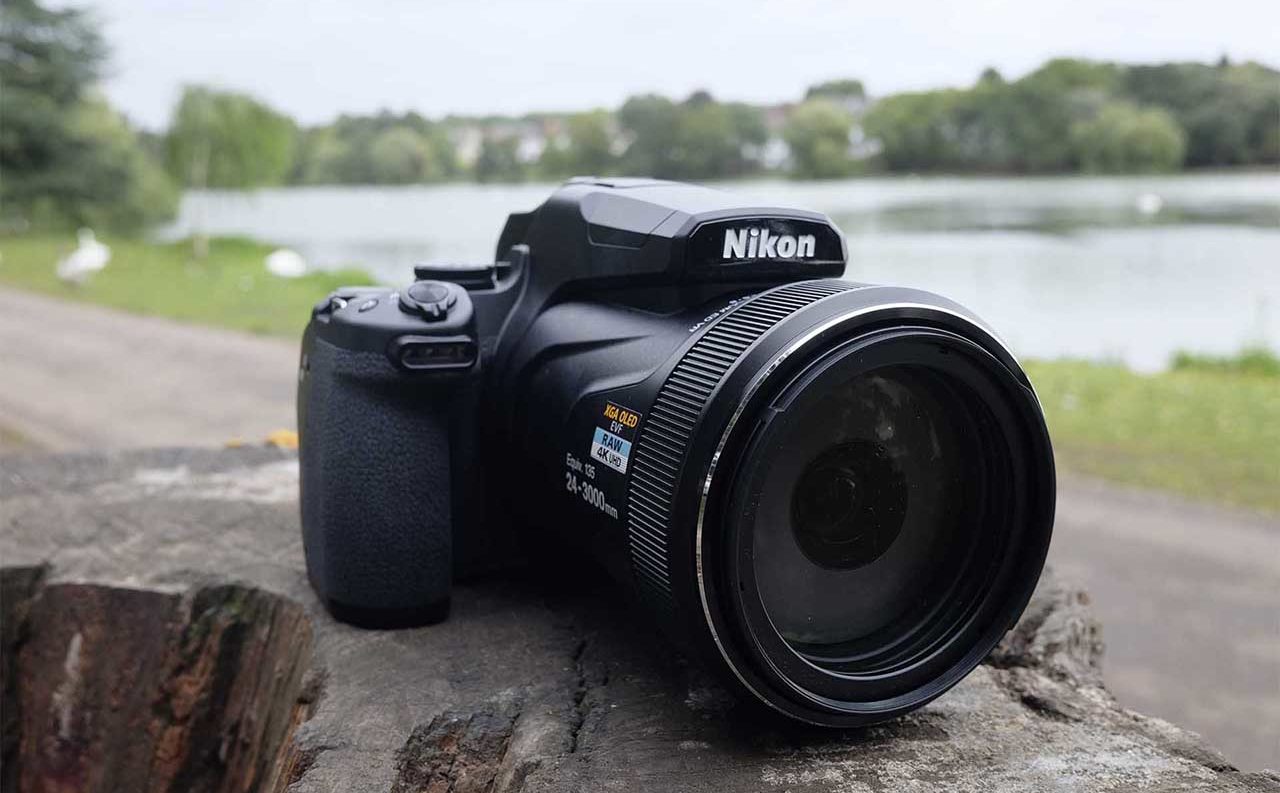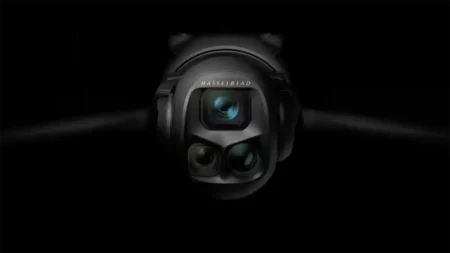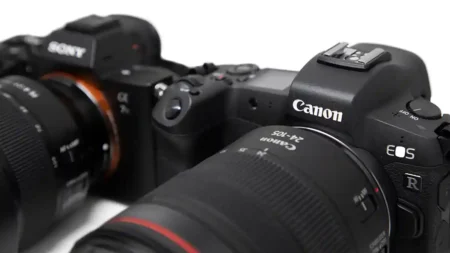Snap Verdict
An ultimate example of “look what we can do” from Nikon, the Nikon P1000 is definitely a remarkable feat of engineering, but it’s unlikely to be of mass appeal.
For
- Huge zoom range
- Manual controls
- Raw format shooting
Against
- High price
- Very bulky
- Very weighty
- No quick menu
Features
The Nikon P1000 is a bridge camera with the headline feature of an enormous 125x optical zoom lens. To give that some context, that gives you an equivalent reach of 3000mm at the telephoto end.
But in order to deliver such a huge focal length, the lens is paired with a (comparatively) tiny 1/2.3-inch sensor, making the camera at heart a standard compact camera. In fact, even some smartphones – such as the Huawei P20 Pro – have larger sensors.
As this is a camera aimed at advanced enthusiasts, it also features manual controls and raw format shooting. Other interesting specs include 4K video recording, an electronic viewfinder and a fully-articulating screen.
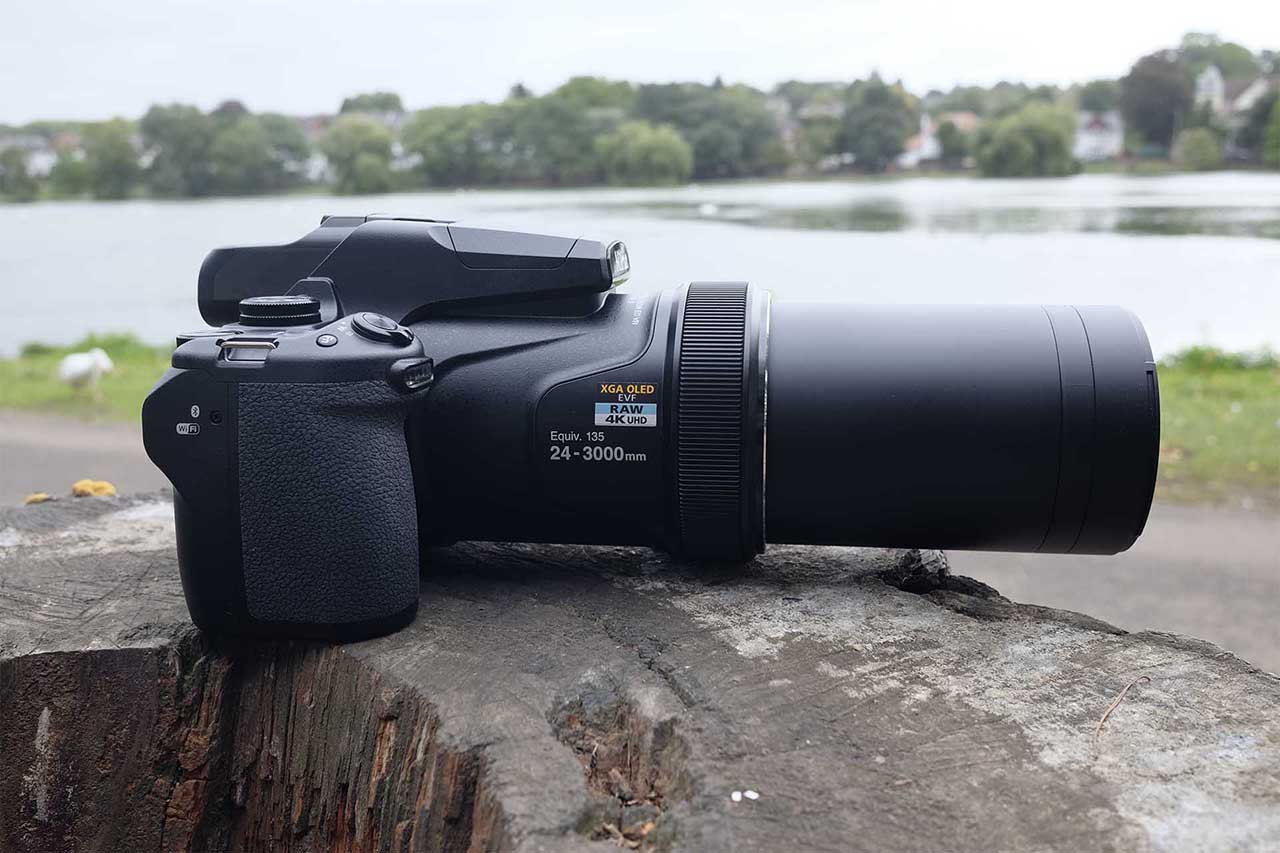
Build Quality
To describe the P1000 as “large” would be selling it short. It’s ginormous – but, when you consider that it gives you a 3000mm equivalent, perhaps you could also call it “small” compared to how big the same DSLR setup would be. In other words, don’t expect to fit this neatly into a small bag ready for your holiday.
As you’d expect, the extremely large lens takes up the bulk of the P1000, which is also very wide. I heard somebody describe the shape of the P1000 as like a hairdryer missing its handle – and that’s pretty accurate. It’s also weighty – 1415g to be precise, which is indeed much heavier than a standard DSLR body.
On the positive side, there’s a good selection of dials and buttons which give you quick access to plenty of different settings. One thing which is missing is a quick menu – but almost everything you’re likely to want to access regularly is catered for by its own button. The grip is also nicely chunky, with a textured coating which is reminiscent of Nikon’s DSLR bodies.
The P1000 has a fully-articulating screen. It’s great for composing from unusual angles, or taking selfies, but – in what feels like an odd choice for 2018 – it’s not touch-sensitive.
Some people won’t mind that, but I felt it would have been handy to have when shooting at very long focal lengths, to reduce the need to give a firm push to the shutter release button and possibly introduce camera blur.
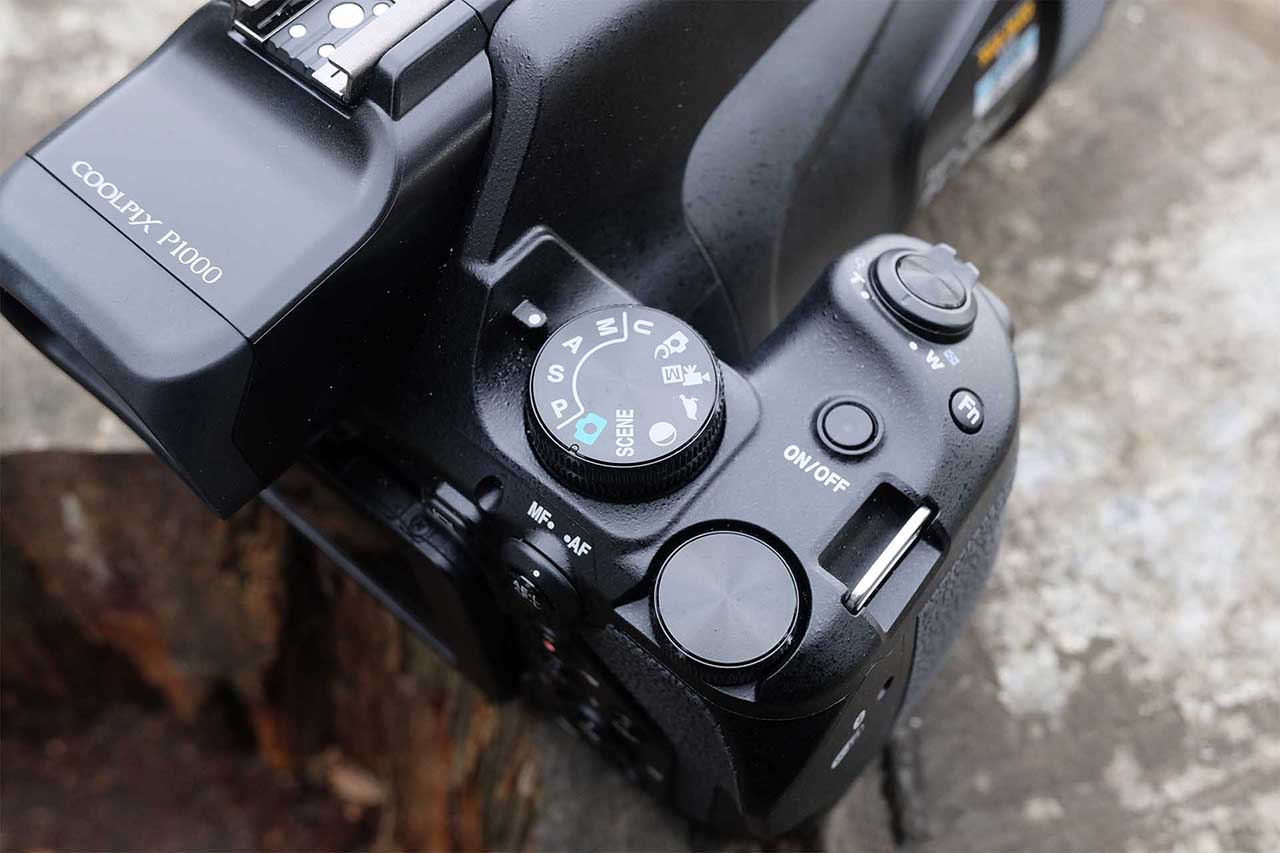
Joining the screen is an electronic viewfinder. The 2359k-dot device is bright and clear, giving a great view of the scene. It’s one of the best viewfinders I’ve seen on a bridge camera, but it’s no less than I’d expect from a £1,000 camera. A sensor detects when you’ve lifted the camera to your eye, making for a seamless transition between using the viewfinder and the screen.
There are a number of considerations to be taken into account when using such a long focal length. Perhaps number one is the difficulty in which it is to frame your subject at that distance – just a few mm of movement (either by the subject, or by your hand) can completely destroy your composition.
To get around that, mounting the P1000 on a tripod can be useful for shooting – especially for (relatively) static subjects such as the moon.
Nikon has also incorporated a handy framing assist button on the side of the lens barrel – hold this down and the lens will zoom out to help you find the subject, zooming back to the previous length once the button is released.
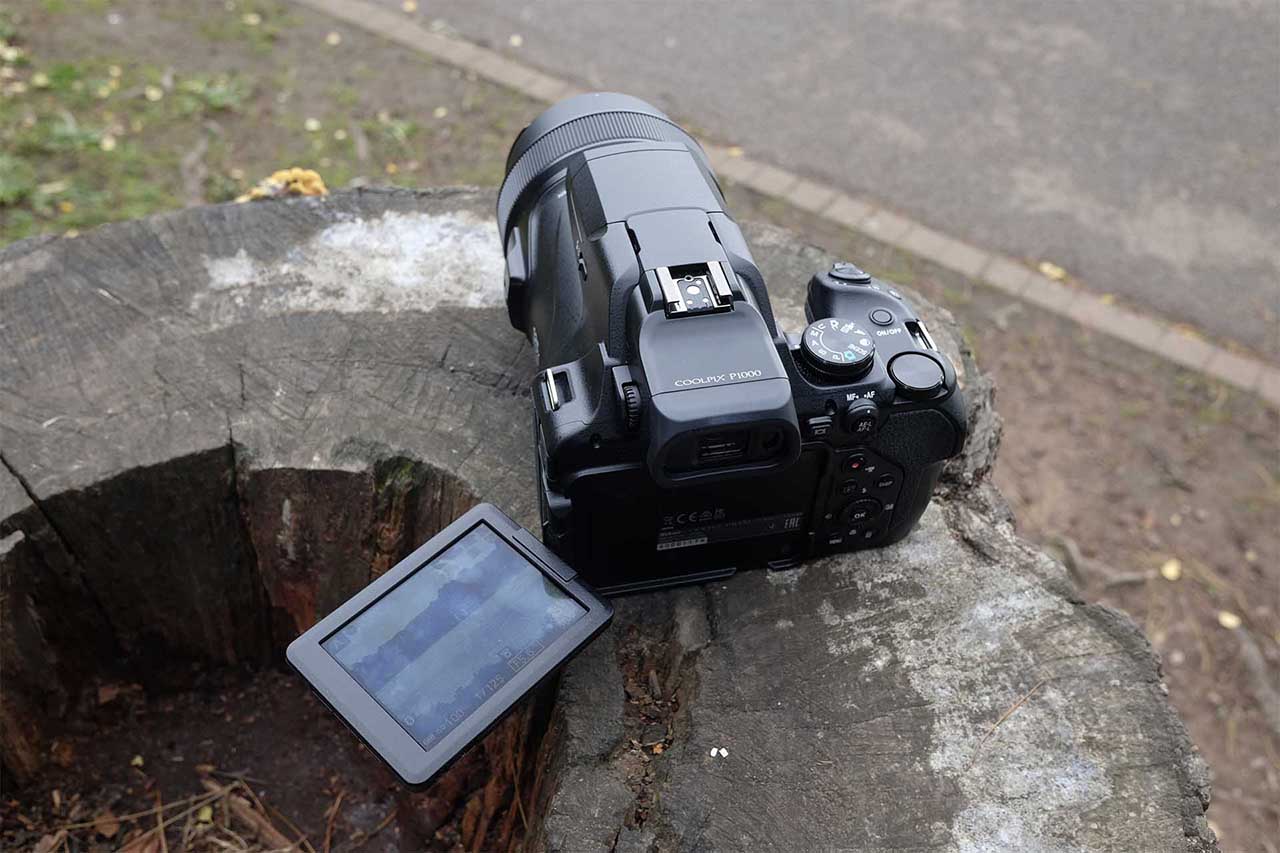
Performance
I’ll be honest and say that I was expecting images taken at the 3000mm end of the P1000’s lens would be poor. However, I’ve been pleasantly surprised by what it’s capable of achieving – especially considering many of my shots were handheld.
The camera’s vibration reduction system (Dual Detect Optical VR) does a fantastic job of keeping shots fairly sharp so long as you have a fairly steady hand – and while you’re unlikely to win any awards with images taken at the far end of the lens, if you like to take record shots of distant subjects, it’s pretty impressive.
I often took advantage of nearby walls, fences, railings and so on to keep the camera as steady as possible when I didn’t have my tripod with me.
As I’d expect from a camera which is, in essence, a compact camera, it performs best in good, bright light. In such conditions, images taken are vibrant and well-detailed.
The best shots can be seen when using the lens between the widest angle (24mm) and 1000mm, but if you’re only intending to share your images at relatively small sizes, focal lengths beyond this are also not too bad. I’d avoid using the P1000 for low light photography, as ISO speeds over 1600 reveal a significant loss of detail.
The biggest complaint I have about the P1000 is its processing speed. After you’ve taken a shot, you have to wait 2-3 seconds before you can adjust the lens focal length, refocus or take another shot.
On more than one occasion this led to missed opportunities as the subject wandered out of frame – something which is particularly easy to do when shooting at very long focal lengths.
Sample Photos
Below is a selection of sample photos shot with the Nikon P1000 over the course of our review…
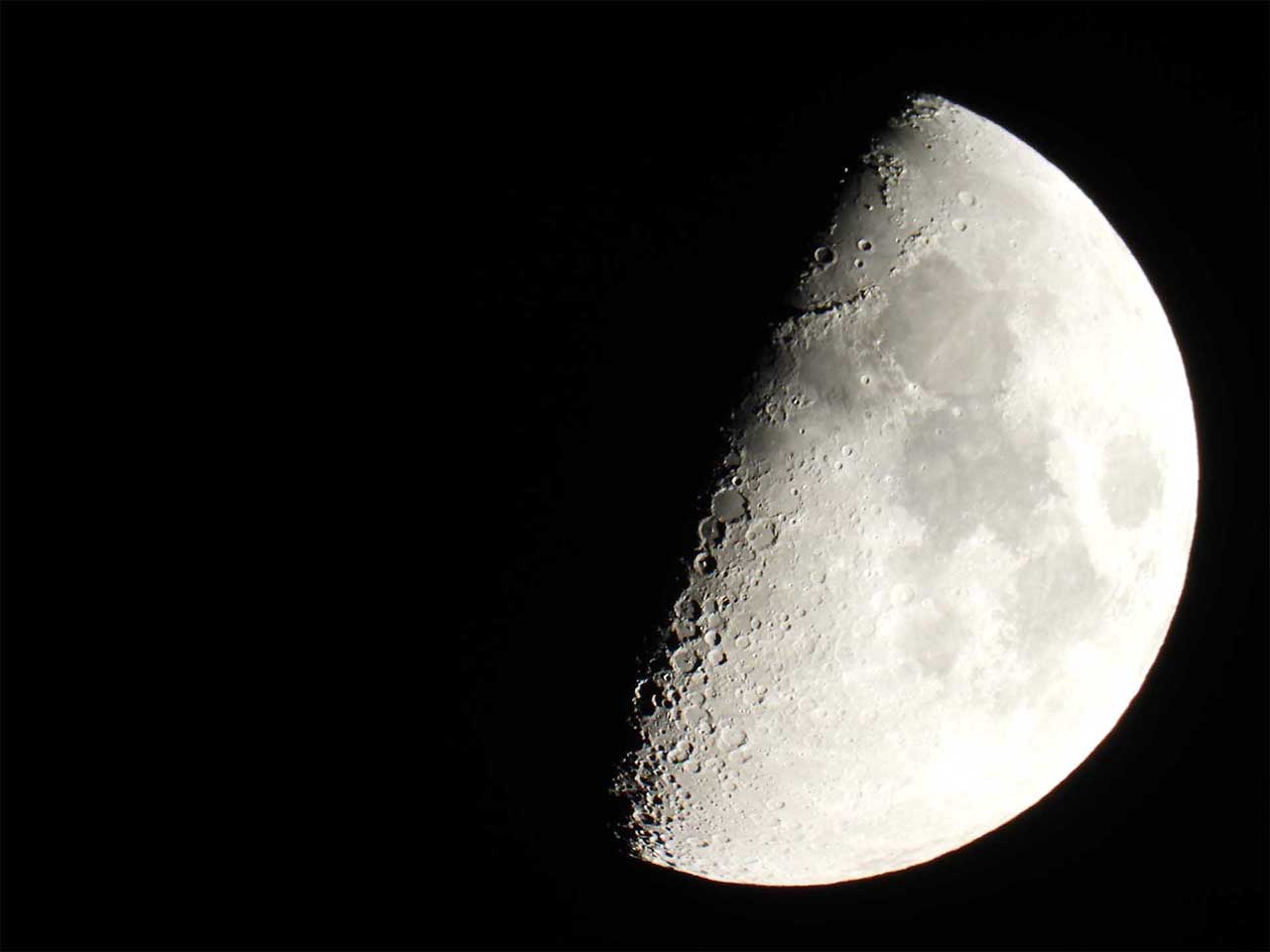

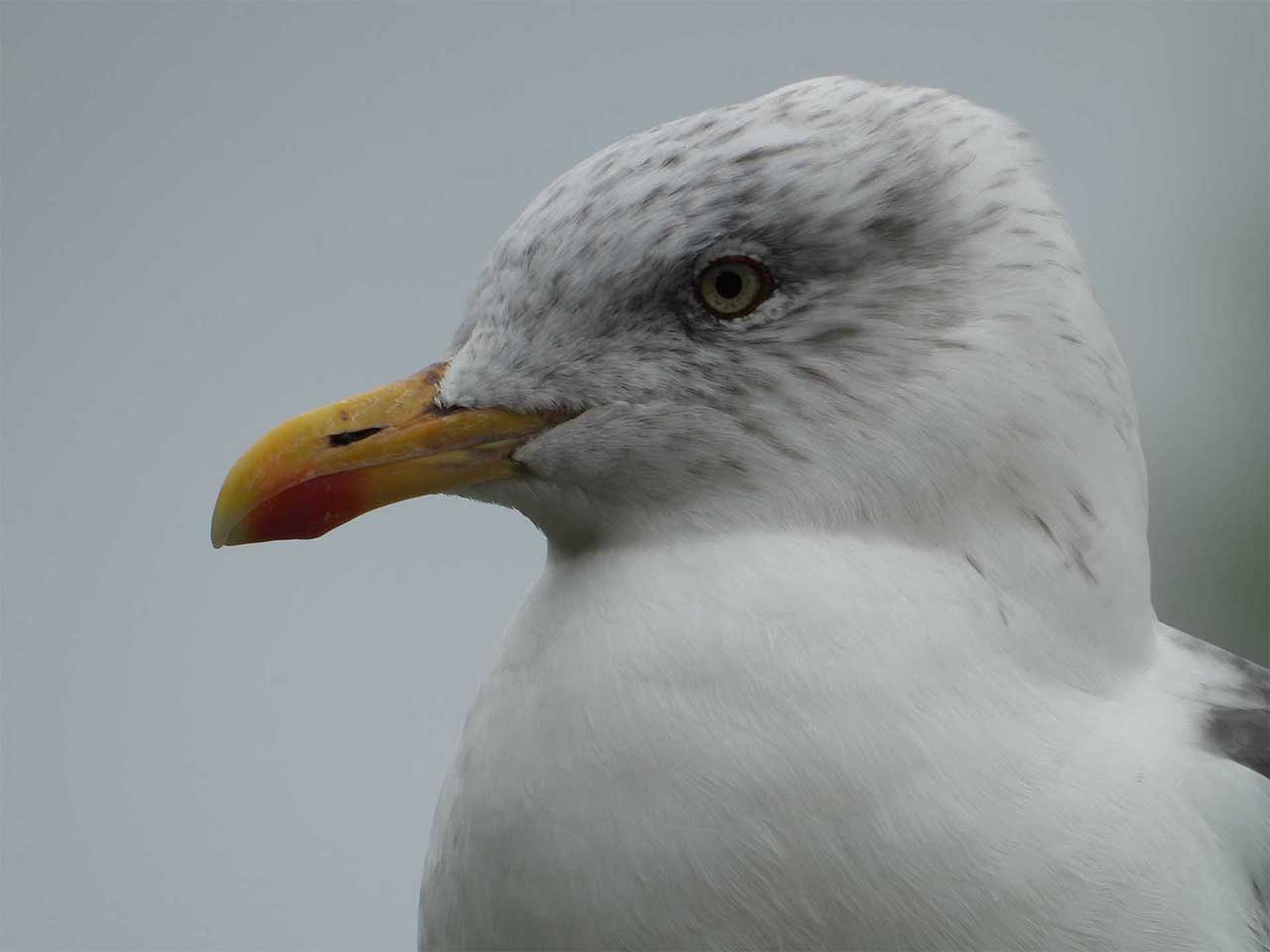
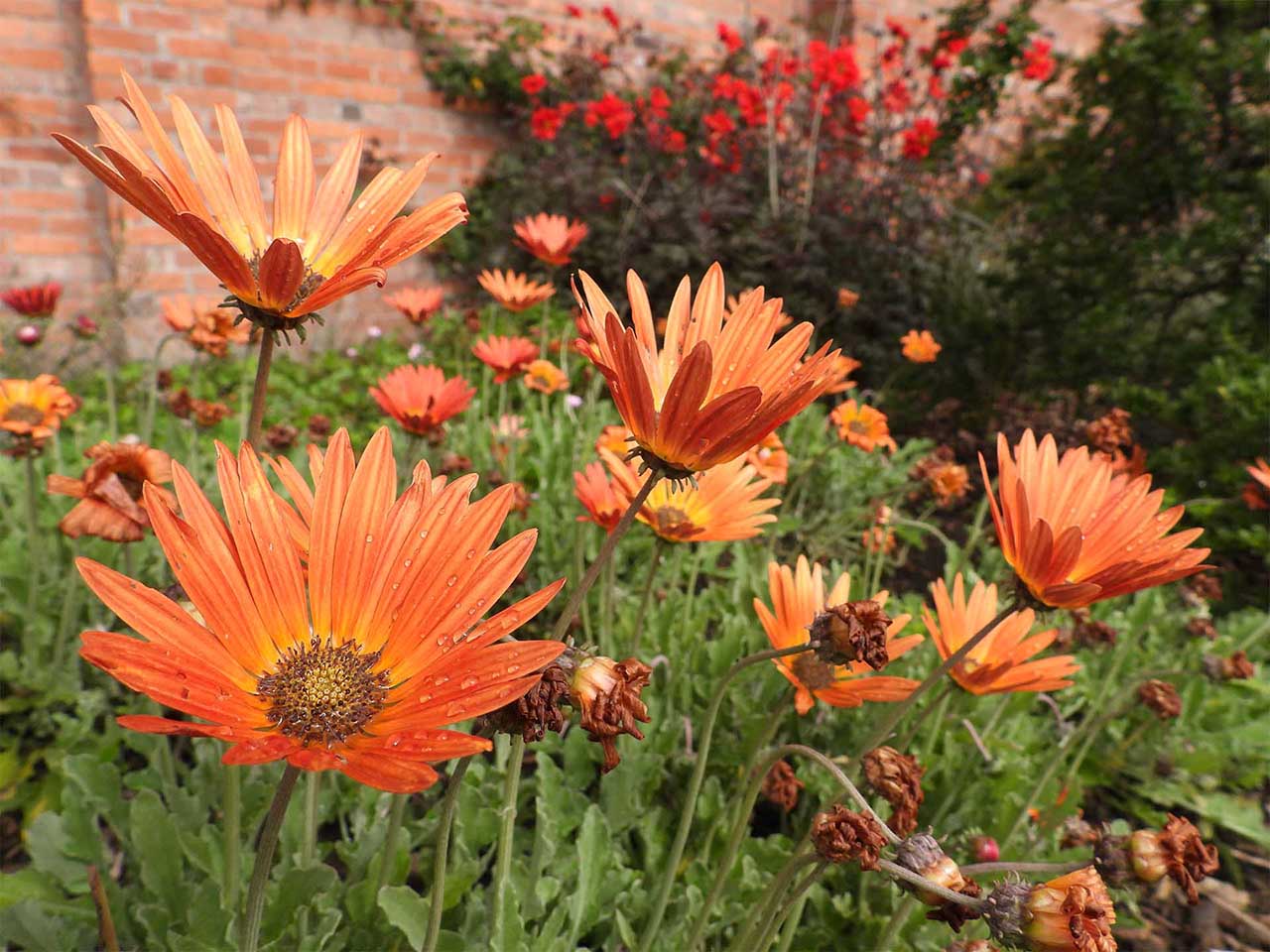
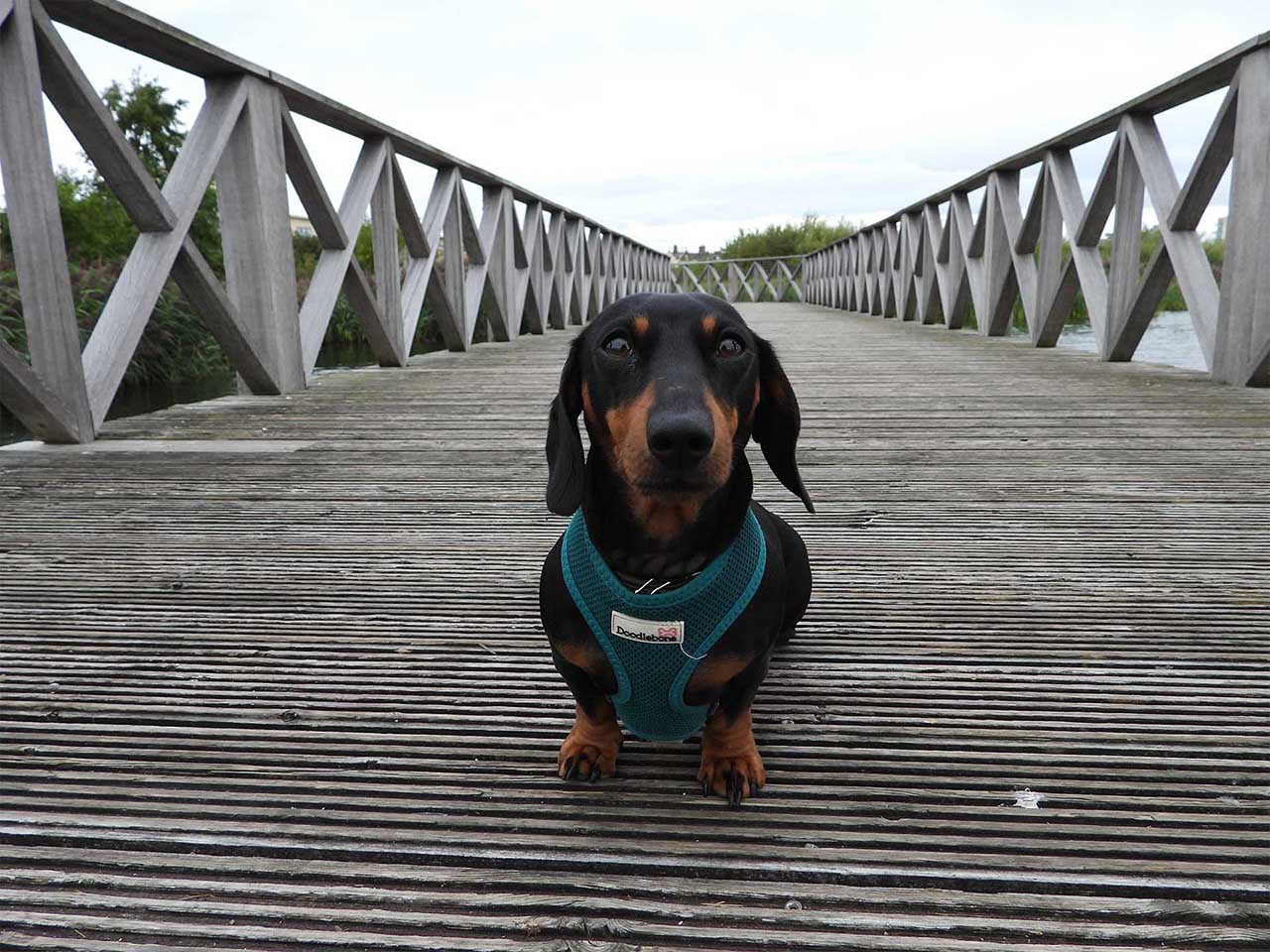
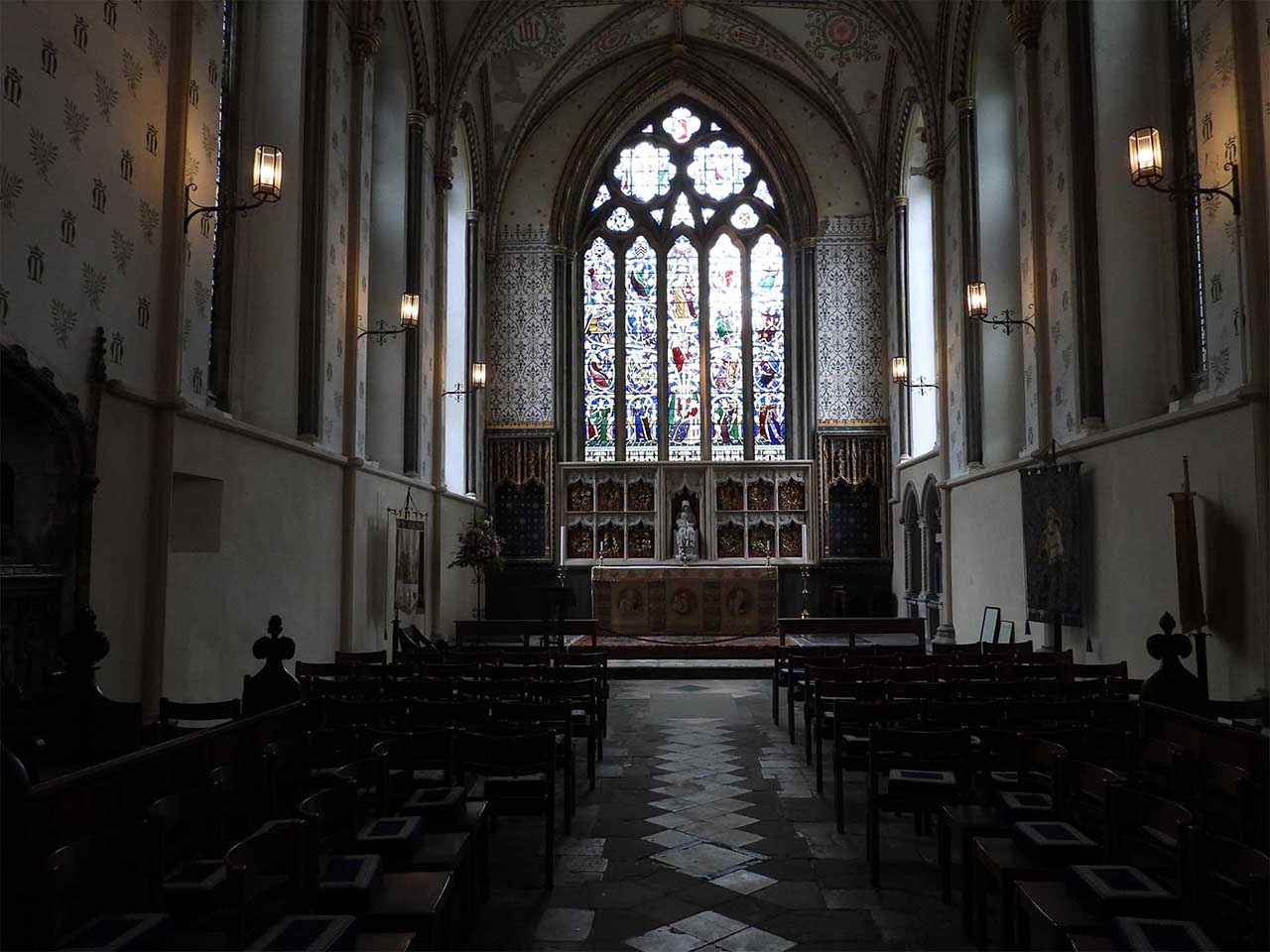
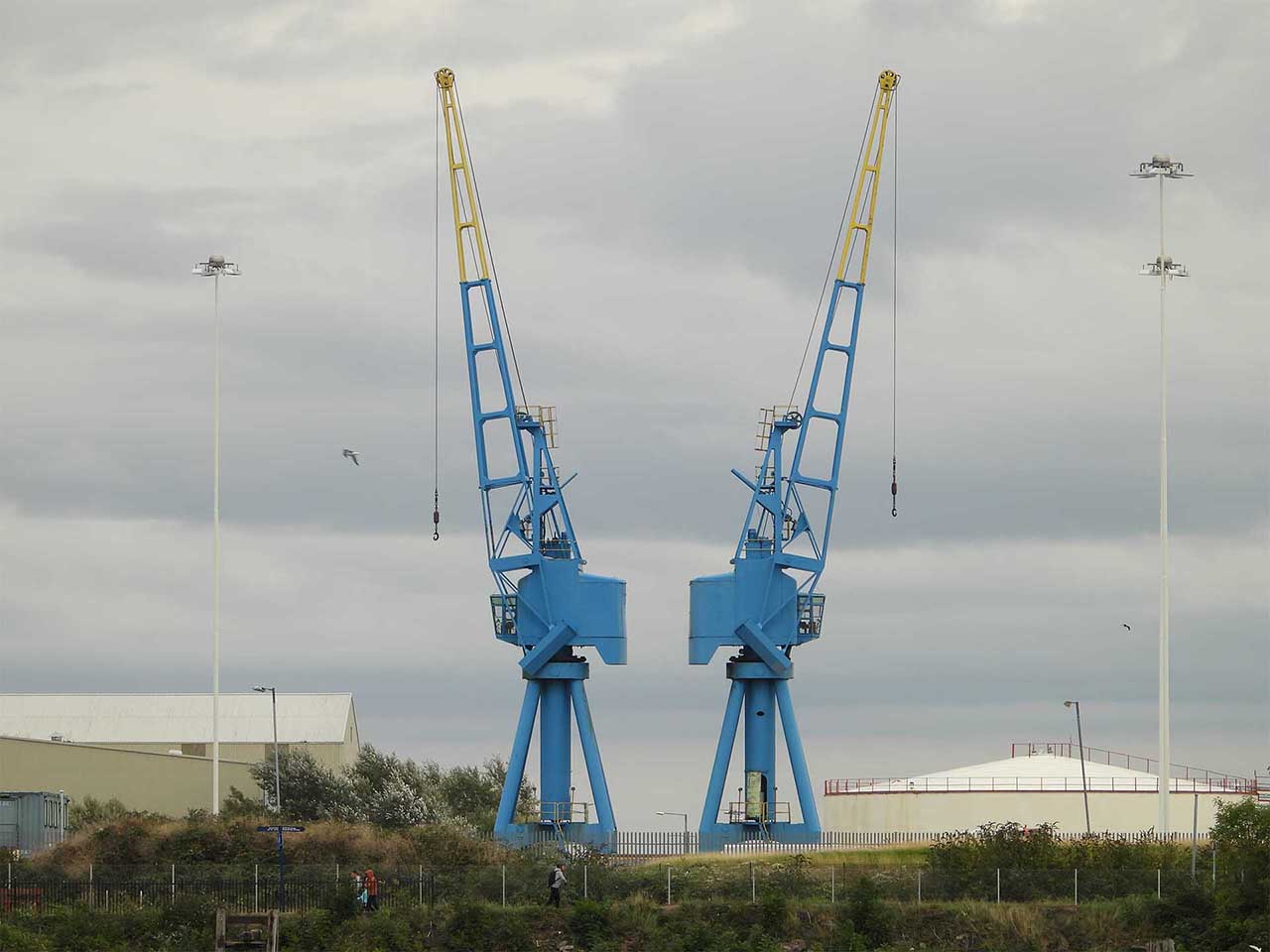

Verdict
The Nikon P1000 is a camera oddity. It can do some seriously impressive things, but it’s very much a gimmick and commands a very high asking price. Carrying around a huge camera for the one or two occasions that a 3000mm lens might come in handy isn’t particularly appealing for travel photographers who might want to keep their kit bag light, while the small sensor is off-putting to many others.
That said, if you’re particularly keen on shooting certain subjects – such as the moon – you might consider it a worthy investment. The fact that it can shoot in raw format and offers manual control makes it a good option for enthusiasts who like that kind of thing.
Overall though, I can’t help but think that most users will be better off looking for a less powerful zoom and having a smaller and lighter camera – especially if you look towards one of the bridge cameras with a larger one-inch sensor, such as the Sony RX10 IV or the Panasonic FZ2000.
Still – as an illustration of showing off what Nikon’s engineers are capable of achieving, it’s a fantastic example.
